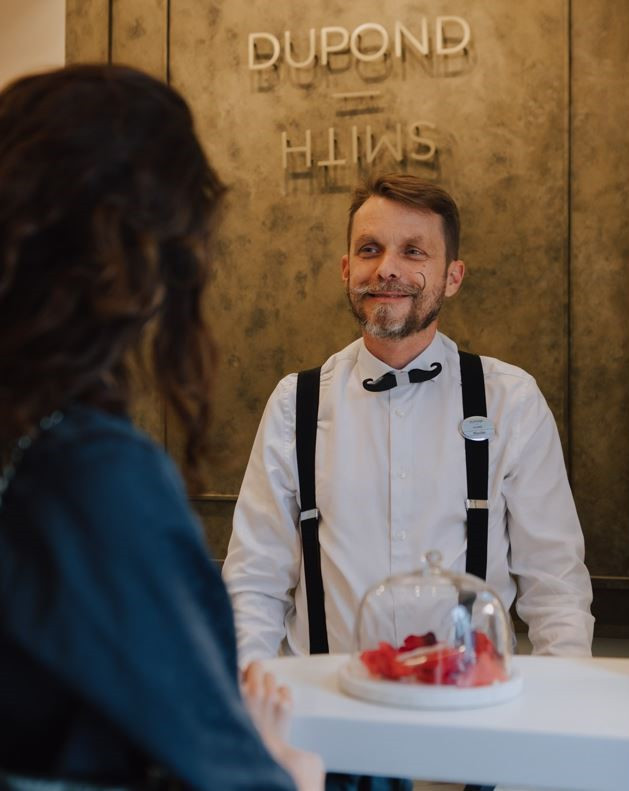In 2024, Relais & Châteaux not only celebrates its 70th anniversary as an Association, but the inauguration of its first Route du Bonheur (Road of Happiness).
The Legends of Lafaurie-Peyraguey and Lalique
By: Hyunji Nam
Photographed by: Adam Powell
Dalmatia's natural beauty is never static. Shifting light turns the sea from blue to green to turquoise, while whispering breezes awaken the scents of carob, wild fennel, rosemary and thyme. Pastel greens of olive bushes alternate with the deeper hues of vineyards, cypresses and pines. Wall-hugging cacti sprout vivacious flowers, only to wither and fall after a day or two's bloom.
Yet the seductive appeal of Dalmatia does not just rest solely in its natural beauty. It is also a region of rich cultural heritage, its history shaped by Greeks, Romans, Byzantines and Venetians, as well as the Slav tribes who subsequently coalesced into the Croatian nation. Old-master paintings peer from the altars of ancient churches, while jutting bastions recall a time when municipal pride had to be defended against marauding pirates, or the fearsome galleys of the Ottoman Empire. Spread along Dalmatia's shores are villages of mellow stone, their gardens sprouting purple spears of bougainvillea, blushing pink oleanders and shimmying palms.
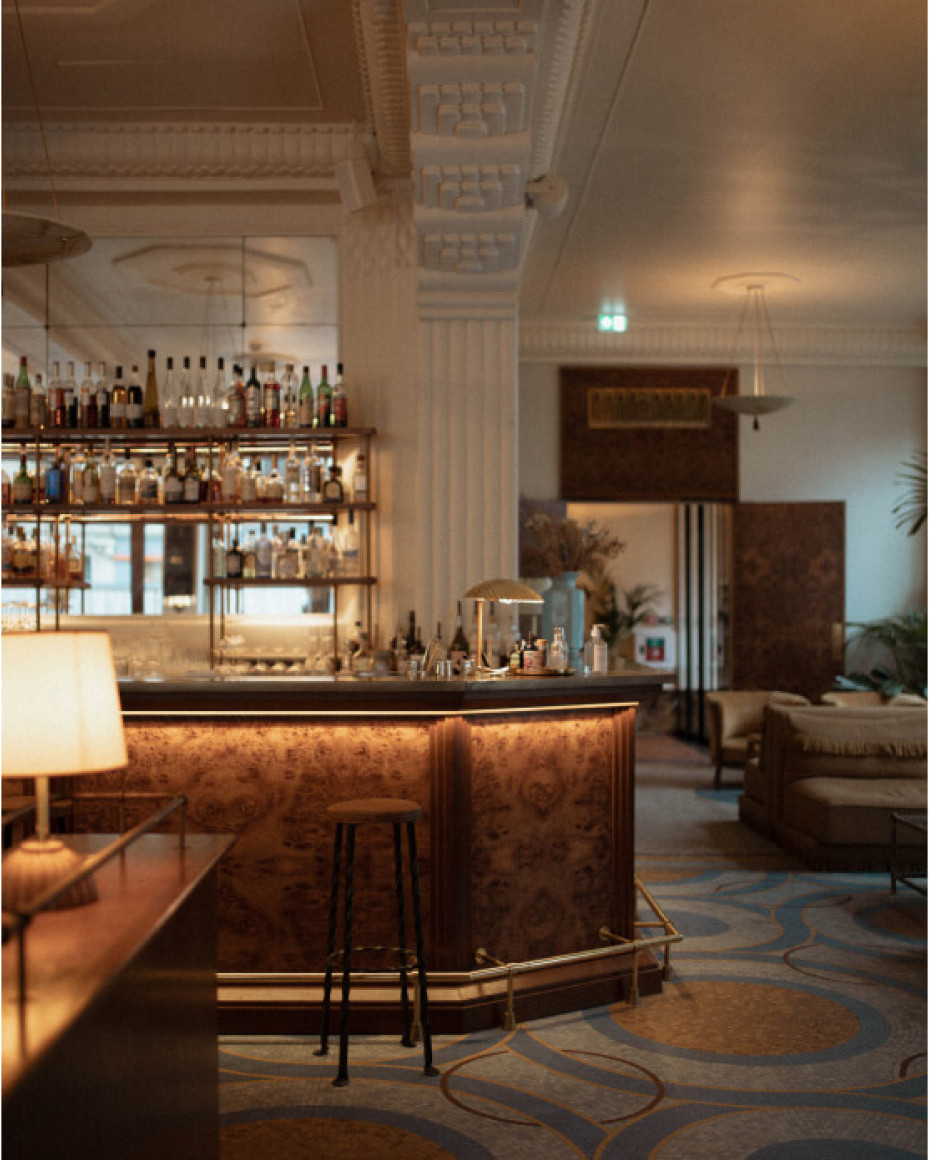

Left: Korčula’s 14th-century Land Gate.
Right: Bougainvillea in bloom.
Central to the Dalmatian lifestyle is the idea that life is to be enjoyed and its pleasures are not to be hurried. From the first coffee of the morning to that final, soul-soothing glass of prošek dessert wine in the evening, the good things in life should be savored, never rushed.
“In the medieval town of Korčula, the Lešić Dimitri Palace In the medieval town of Korčula, the Lešić Dimitri PalaceIn the medieval town of Korčula, the Lešić Dimitri Palace”
--- FALTA PODER INCRUSTAR UN VÍDEO ----
Embracing contemporary comforts while showing deep respect for Dalmatian tradition is the Lešić Dimitri Palace in Korčula, the ancient walled town that occupies the eastern tip of the island of the same name. As befits the birthplace of Marco Polo, the hotel's interiors exude a spirit of globe-trotting adventure, with luxuriant fabrics evoking the textures and colors of Venice, Southern Asia and the Far East.
With its castellated turrets and flamboyantly decorated cathedral, Korčula is indeed an outstanding museum piece, but it is also full of the contrasts of contemporary life, a town where street cats bask outside chic fashion boutiques, and children sell seashells on Renaissance piazzas.
Further proof of the enduring balance between tradition and innovation comes in the shape of Lešić Dimitri's restaurant, LD, where the fresh catch hauled in by Korčula's fishermen is transformed with mercurial skill into a unique Adriatic culinary experience.
Embracing contemporary comforts while showing deep respect for Dalmatian tradition is the Lešić Dimitri Palace in Korčula, the ancient walled town that occupies the eastern tip of the island of the same name. As befits the birthplace of Marco Polo, the hotel's interiors exude a spirit of globe-trotting adventure, with luxuriant fabrics evoking the textures and colors of Venice, Southern Asia and the Far East.
With its castellated turrets and flamboyantly decorated cathedral, Korčula is indeed an outstanding museum piece, but it is also full of the contrasts of contemporary life, a town where street cats bask outside chic fashion boutiques, and children sell seashells on Renaissance piazzas.
Further proof of the enduring balance between tradition and innovation comes in the shape of Lešić Dimitri's restaurant, LD, where the fresh catch hauled in by Korčula's fishermen is transformed with mercurial skill into a unique Adriatic culinary experience.
--- FALTA PODER AÑADIR UNA GALERÍA TIPO CARROUSEL ---
Embracing contemporary comforts while showing deep respect for Dalmatian tradition is the Lešić Dimitri Palace in Korčula, the ancient walled town that occupies the eastern tip of the island of the same name. As befits the birthplace of Marco Polo, the hotel's interiors exude a spirit of globe-trotting adventure, with luxuriant fabrics evoking the textures and colors of Venice, Southern Asia and the Far East.
With its castellated turrets and flamboyantly decorated cathedral, Korčula is indeed an outstanding museum piece, but it is also full of the contrasts of contemporary life, a town where street cats bask outside chic fashion boutiques, and children sell seashells on Renaissance piazzas.
Further proof of the enduring balance between tradition and innovation comes in the shape of Lešić Dimitri's restaurant, LD, where the fresh catch hauled in by Korčula's fishermen is transformed with mercurial skill into a unique Adriatic culinary experience.
.thigh.jpg)
Left: Korčula’s 14th-century Land Gate.
Right: Bougainvillea in bloom.
Fecha: Febrero 28, 2025
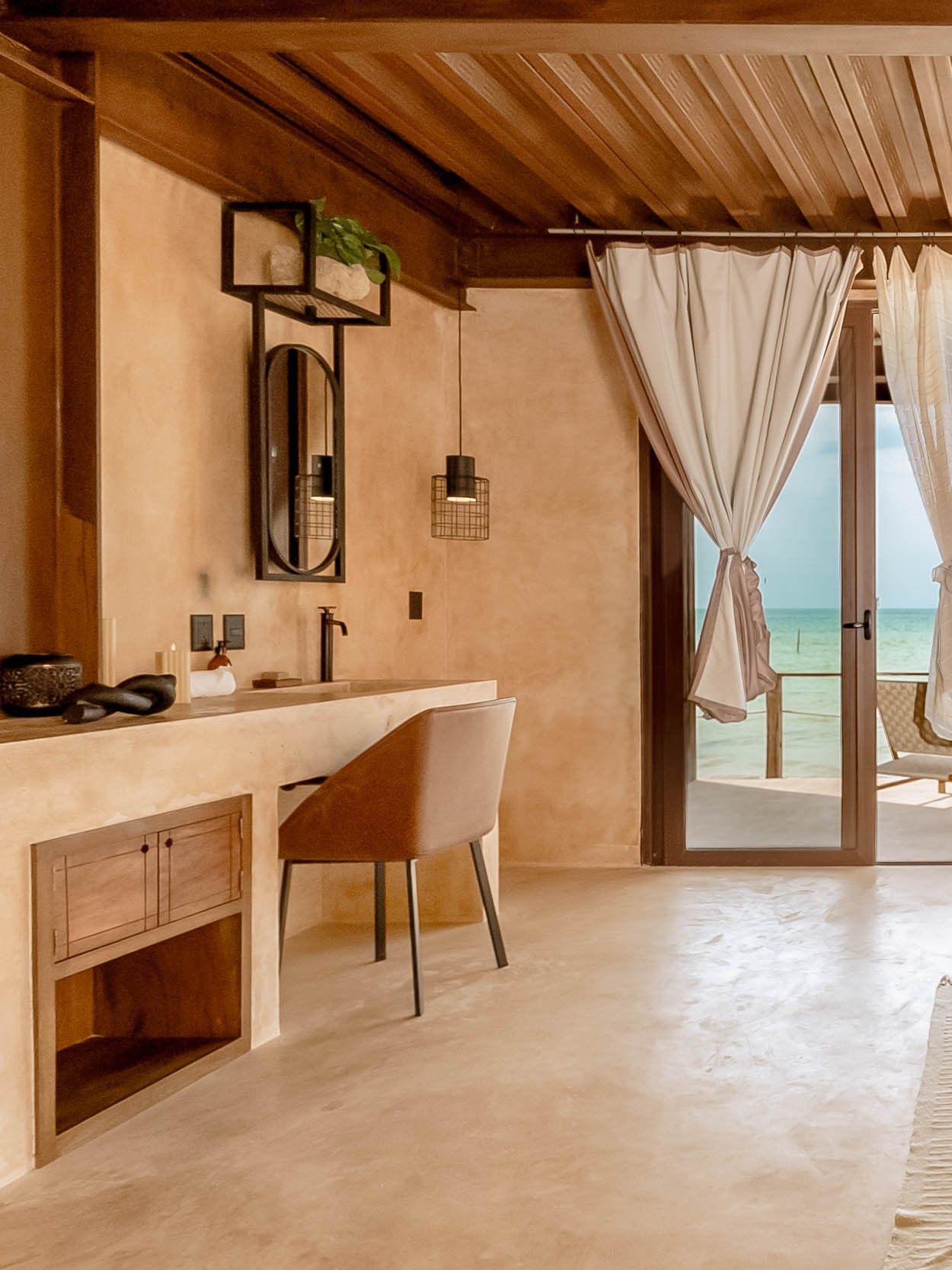
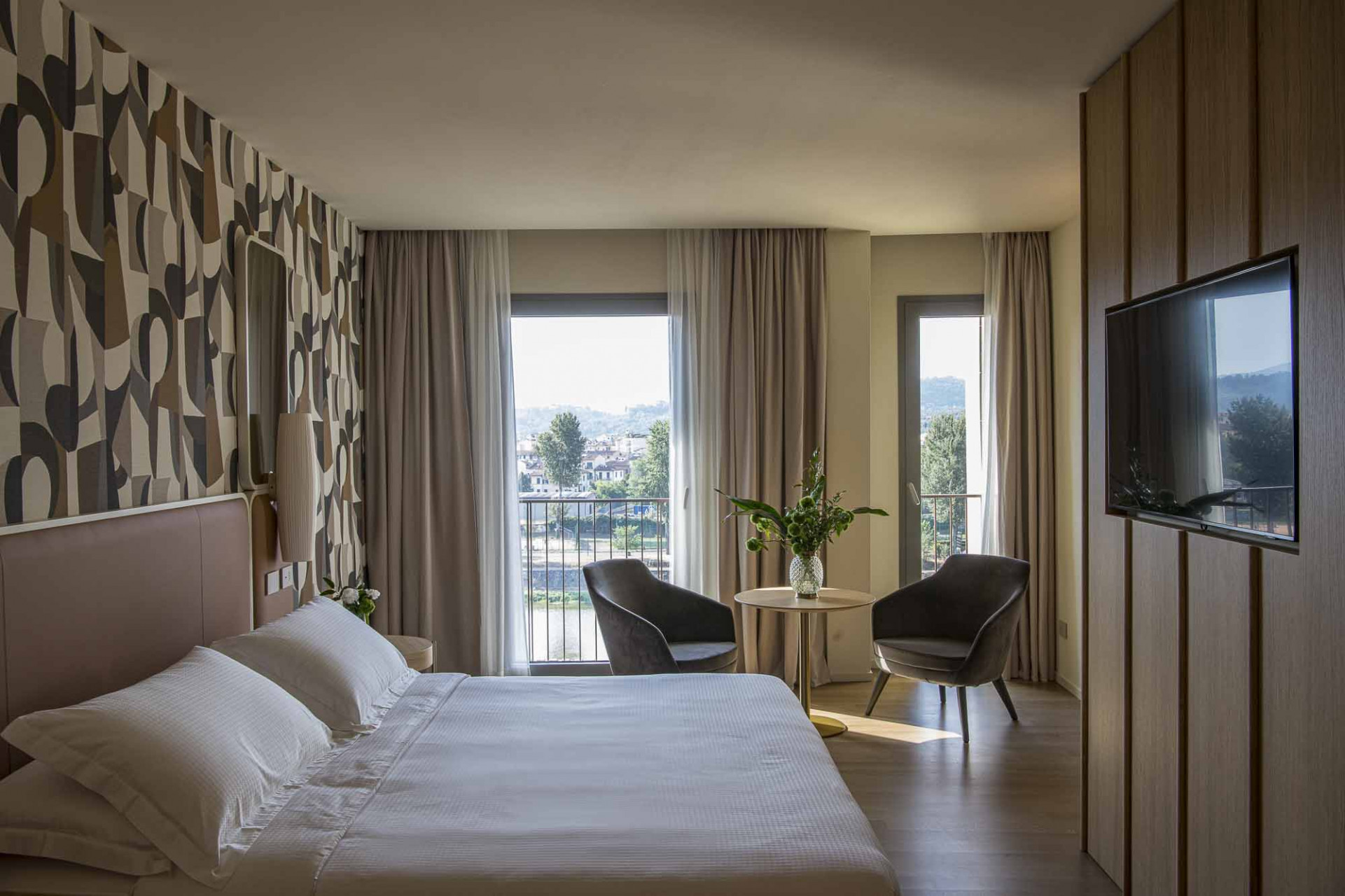
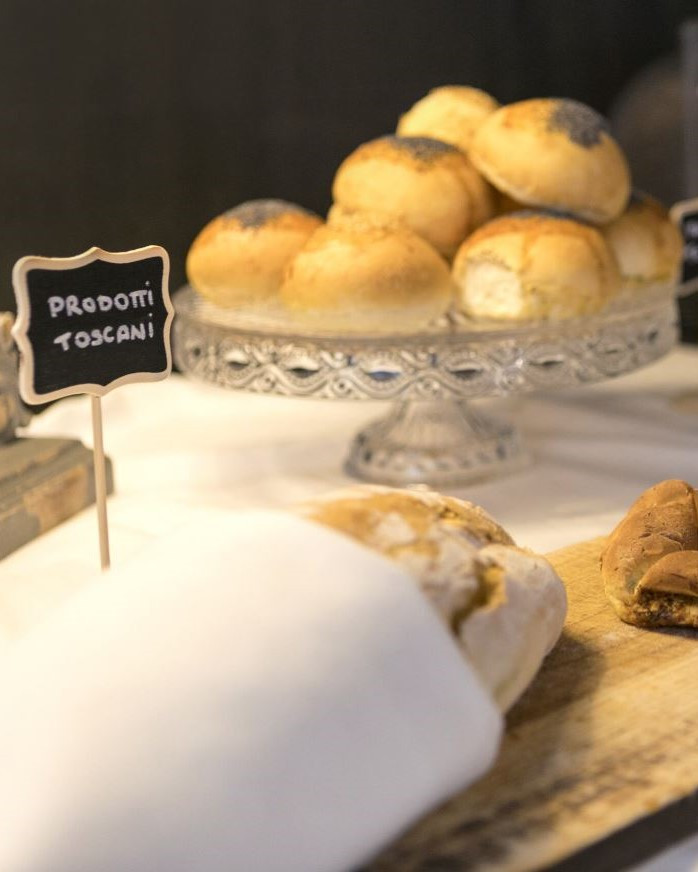
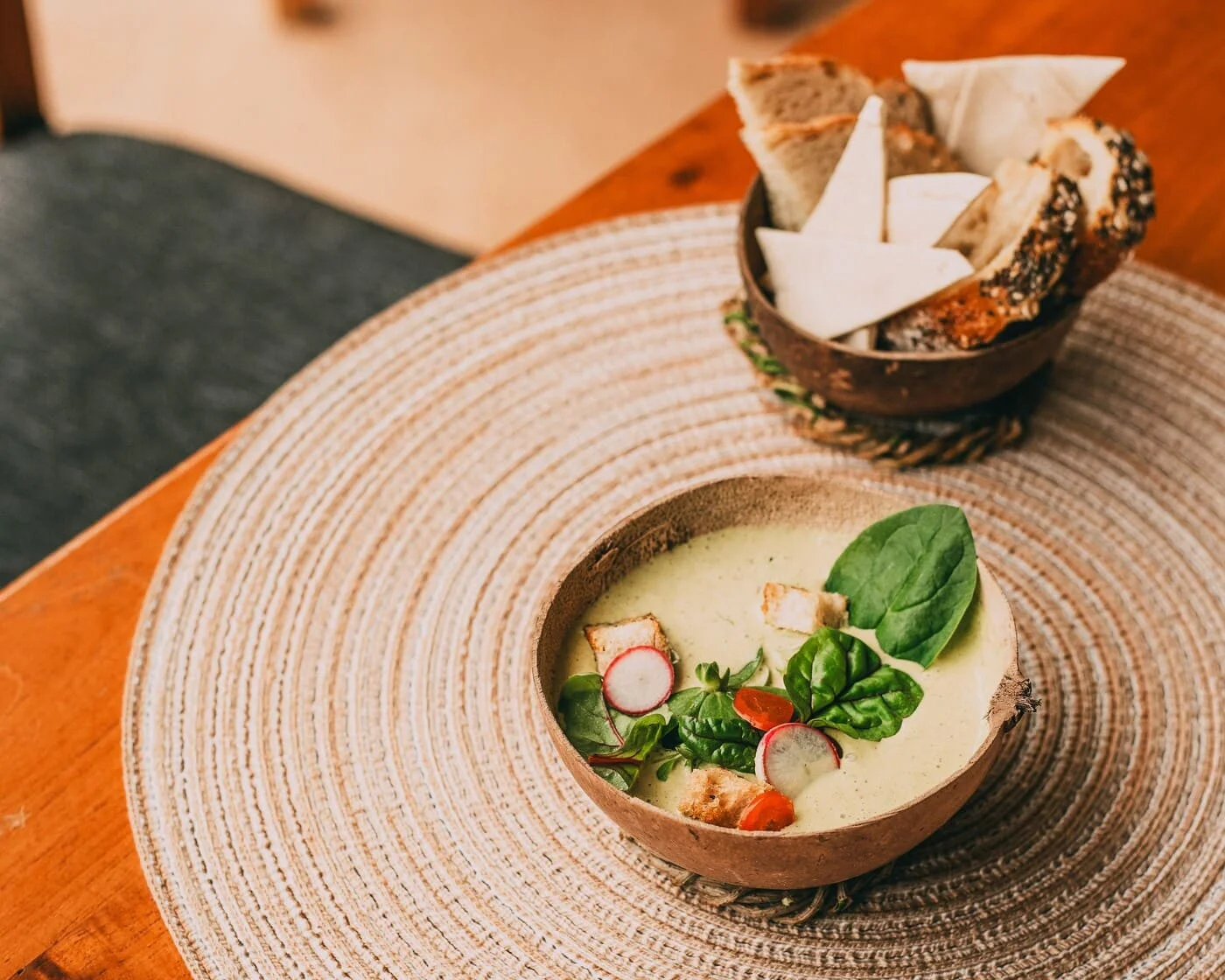
.thigh.jpg)
